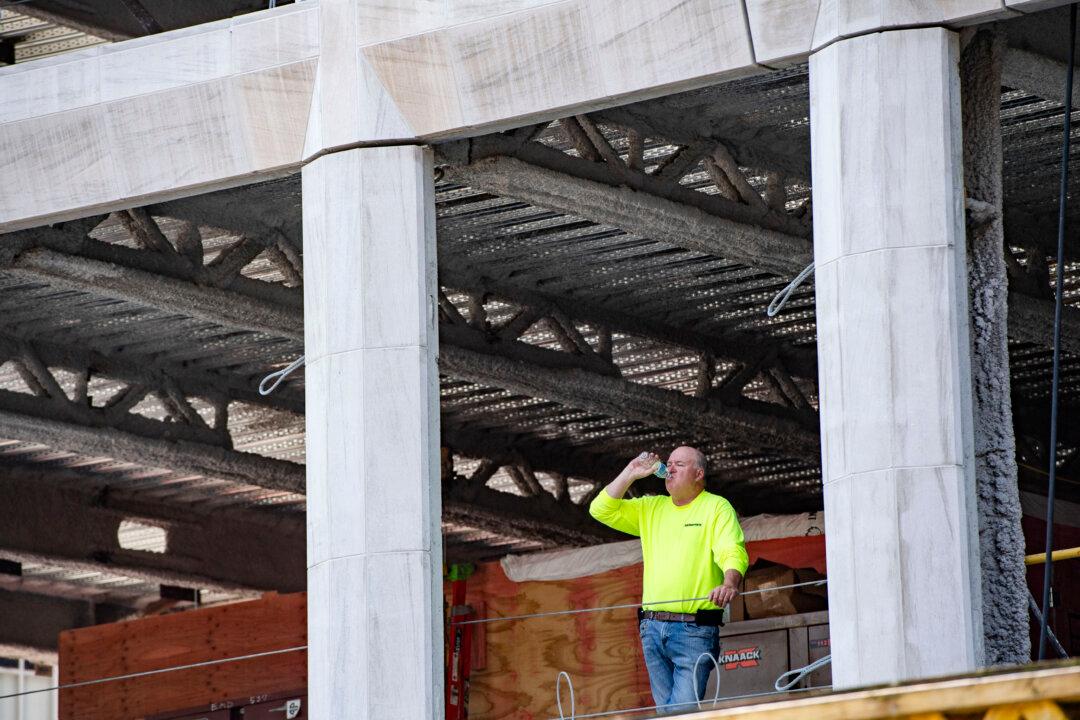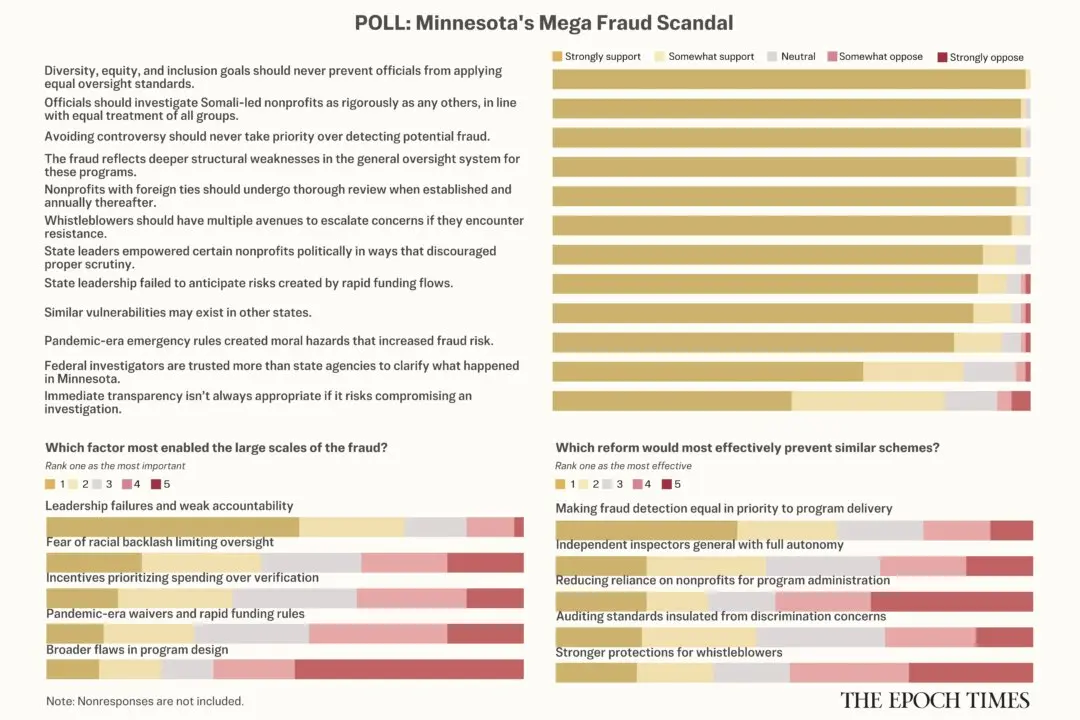A late-spring heat wave continued to blanket much of the United States on June 19, leading the National Weather Service (NWS) to issue severe weather warnings for nearly all of the Northeast and large parts of the Midwest and Southwest.
The weather service predicted that hot and humid conditions in New York City would produce a heat index of between 95 degrees and 100 degrees on June 19 and June 20.




